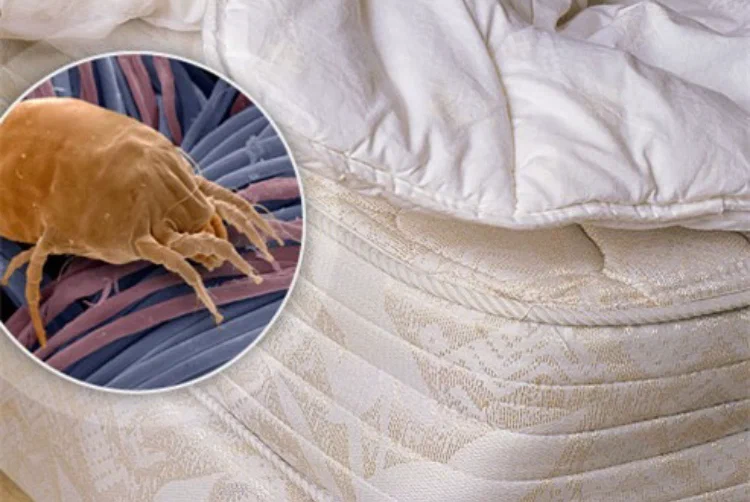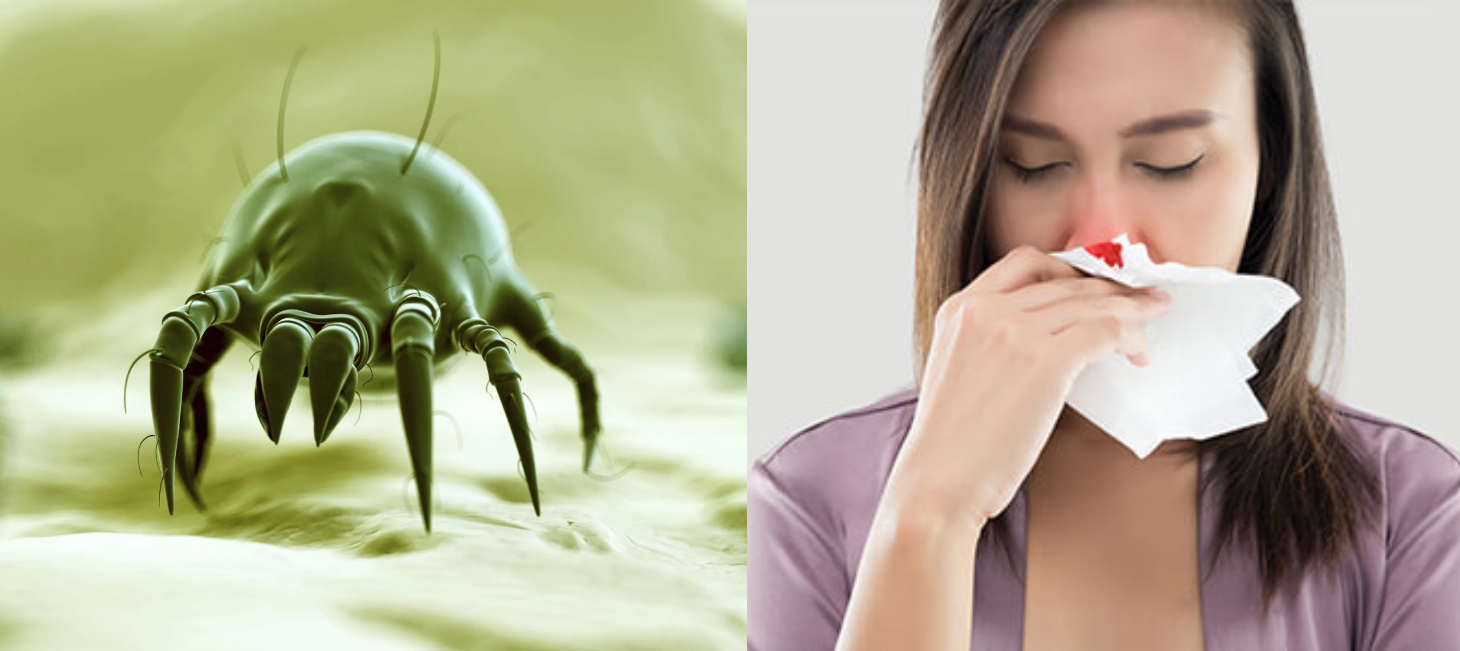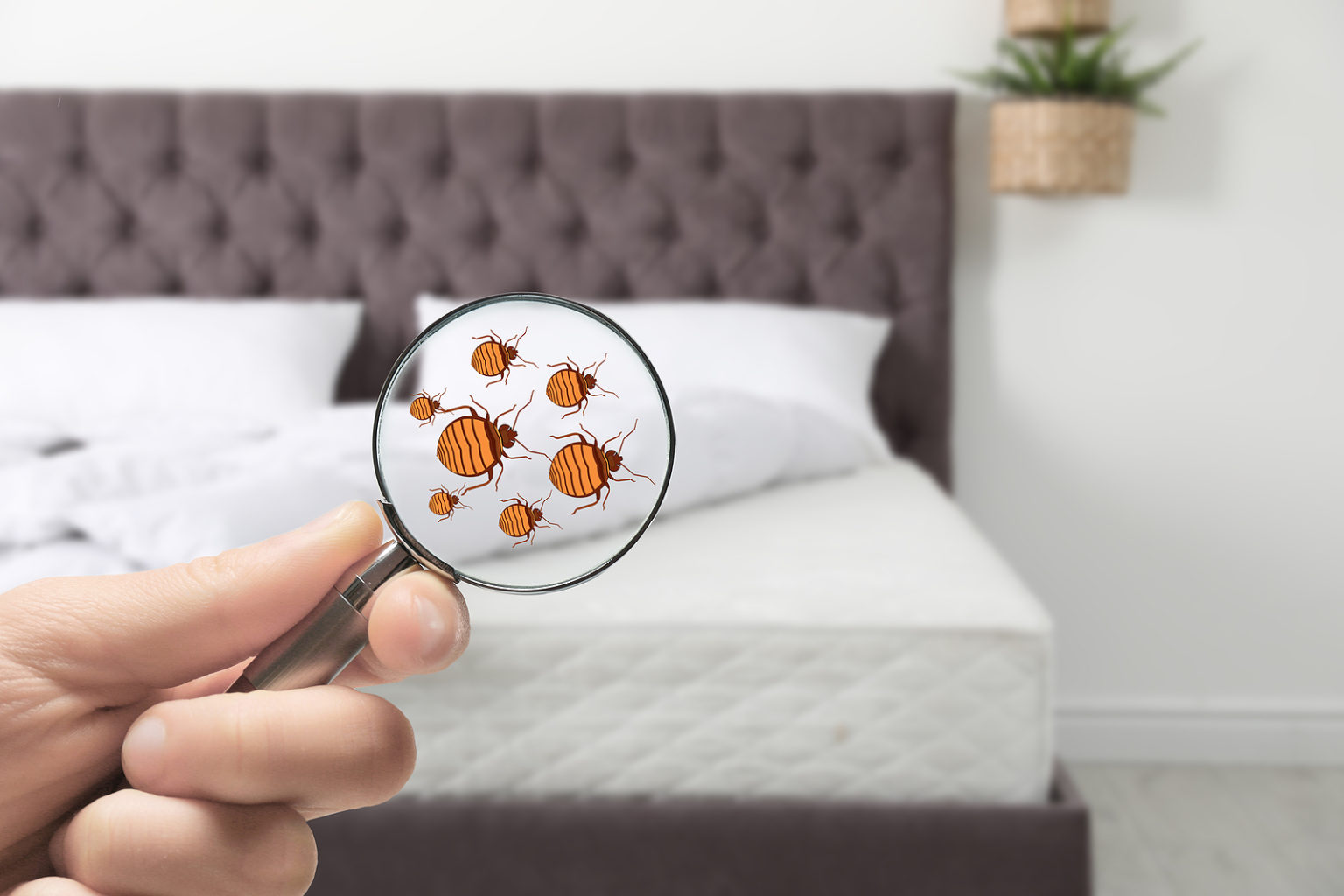Understanding Dust Mites and Their Impact
Dust mites are microscopic insects that live in mattresses, pillows, carpets, and furniture, thriving in warm, humid environments. They feed on dead skin cells and their droppings can trigger allergic reactions, causing wheezing, eye irritation, and asthma. Though harmless to most, prolonged exposure worsens symptoms for those with allergies. An estimated 20 million Americans suffer from dust mite allergies. Managing dust mites is essential for reducing allergy symptoms and improving overall health.


What is a Dust Mites Allergy?
A dust mite allergy is an allergic reaction to dust mites. Dust mites are tiny, eight-legged relatives of spiders. They’re too small to see with your eyes. An allergic reaction is your body’s response to an allergen.
Dust mites live on bedding, mattresses, carpets, curtains and upholstered (fabric). They feed on the dead skin cells that you and your pets shed.
Dust mites have proteins in their feces (poop) and dead bodies. Usually, these substances — called allergens — are harmless. However, your immune system views them as harmful “invaders,” like bacteria or viruses, and responds to get them out of your body.
Dust Mites and Mattress Contaminants
Recent studies reveal that harmful contaminants like Staphylococcus aureus and Pseudomonas Aeruginosa are commonly found in mattresses, with 50% of mattresses in hospitals testing positive. These bacteria, along with dust mites and their waste, are major triggers of allergies and respiratory issues such as asthma. Indoor air quality, affected by allergens like pollen, pet dander, and dust mite excrement, can disrupt sleep and cause symptoms like sneezing, fatigue, and itchy eyes. Mattresses accumulate sweat, skin cells, and bacteria, making them a breeding ground for allergens. Ensuring a clean sleeping environment is essential for maintaining health and preventing allergic reactions.


The Hidden Dangers of Dust Mites
Dust mite droppings are the second leading cause of allergies, following only pollen, with millions likely living in your home. Humans shed 10 million scales of skin each day, providing a constant food source for dust mites, who produce 200 times their body weight in excrement. These mites can feast on skin for up to 170 days and reproduce rapidly, with females laying 300 eggs. They can survive without food for up to a year, making them persistent allergens. Protect your health and ensure a good night’s sleep by eliminating these risks with Indoor Allergy Fighters’ professional cleaning services.
for a Healthier Sleep
The Hygienitech mattress cleaning system offers the fastest, most hygienic method to remove allergens and contaminants. This eco-friendly, dry, chemical-free process eliminates dust mites, their excrements, and other harmful particles embedded in mattresses. Health experts recommend annual cleaning to prevent allergies and improve indoor air quality. Unlike air purifiers, Hygienitech targets the contaminants deep within your mattress and other surfaces, providing immediate results. Allergy sufferers can benefit greatly from a clean, sanitized sleep environment for better health and rest.


Cleaning Process
The Hygienitech Systems mattress deep cleaning process is a chemical-free, all-natural method that removes dust mite droppings, dead skin, and other allergy triggers. This non-invasive procedure is safe and effective for any mattress or upholstered item. It uses UV-C germicidal technology, trusted by the medical profession for years. With 20 years of collaboration with healthcare organizations, this process is gaining worldwide recognition. A deep-cleaned mattress can significantly improve your overall health and well-being.
Hygienitech System vs. Steam Cleaning
The Hygienitech System offers a dry, chemical-free, and toxin-free cleaning process with no drying time required, while steam cleaning uses wet steam and toxic agents that can promote mold growth. Hygienitech is safe for all mattress types, including memory foam, and provides a 72-hour residual effect to continue eliminating allergens. In contrast, steam cleaning requires long drying times, can damage the mattress, and may leave a musty odor. Additionally, Hygienitech is portable and quick, requiring only 14-16 minutes for application, unlike steam cleaning, which can take 30-40 minutes.
